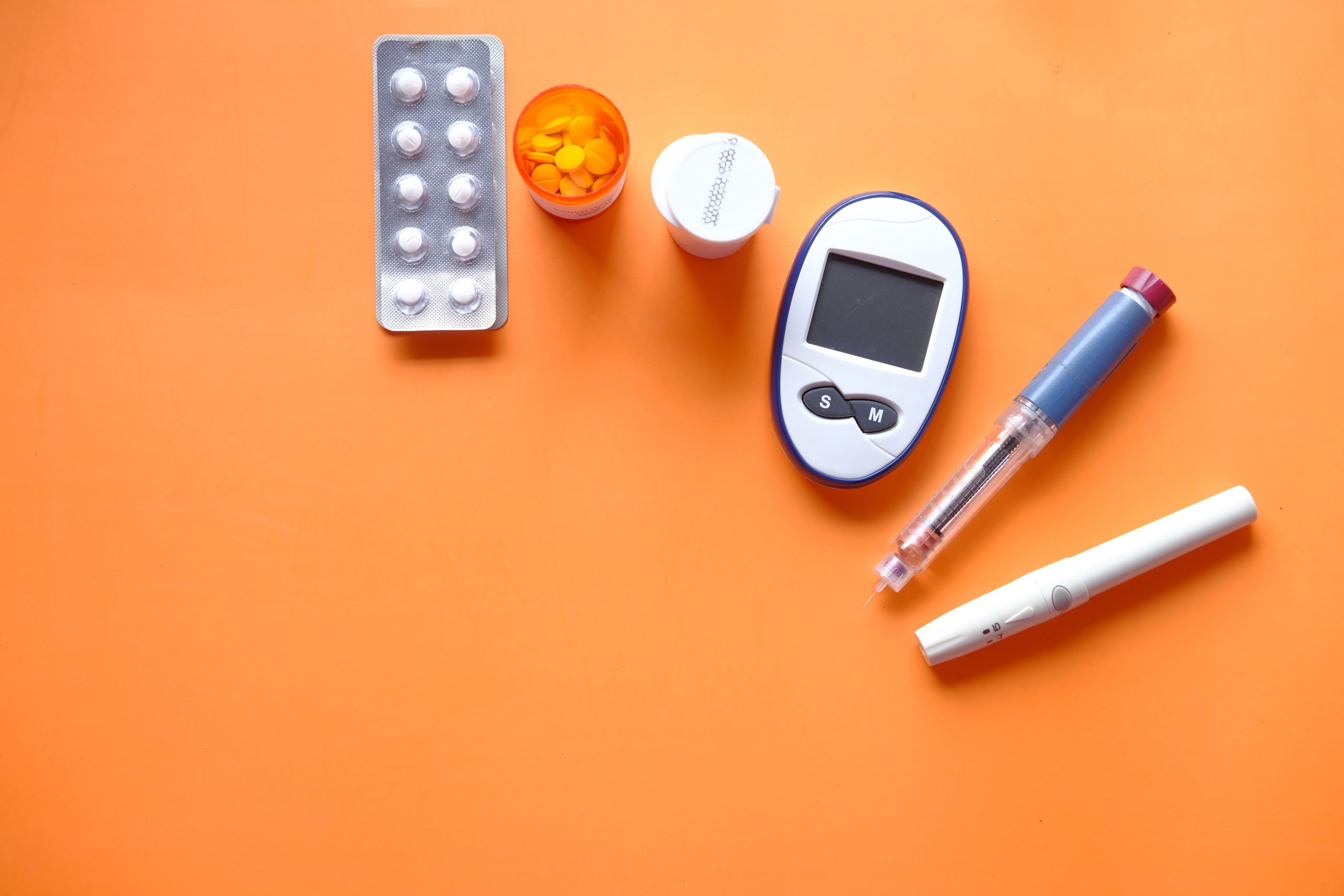
Diabetes among senior citizens more prevalent in urban India
Diabetes among senior citizens is increasing day by day. Such interventions should be tested against genetically susceptible diabetes to deal with the surge in diabetes, thereby reducing the burden of diabetes in the Indian subcontinent. It is 2.1% and has steadily increased to the current value .
Chennai, Bangalore-12.4%, and Hyderabad-16 residents have a higher diabetes prevalence rate than 13.5%. In India, as well as various studies on immigrants and indigenous Indians, it is clear that Indians are more susceptible to diabetes. This is probably related to the higher genetic predisposition for diabetes in Indians. In Western populations, children whose fathers have diabetes are 3.5 times more likely to develop type 2 diabetes than children whose fathers do not have diabetes, and children whose parents have two diabetes mellitus are 6 times more likely to develop type 2 diabetes. Factors that play a role in Indians, since the population’s gene pool changes very slowly, the current diabetes epidemic is likely to reflect rapid lifestyle changes; It is the result of environmental changes, not genetic factors. A large-scale genomic study of diabetes in India is needed to determine whether India has a specific set of genes that are susceptible to diabetes among senior citizens. This is related to the increased risk of glucose intolerance and diabetes, as well as the progression of diabetes caused by IGT. Unsaturated fatty acids, especially n3 polyunsaturated fatty acids, are negatively related to the risk of diabetes. , Marital status, and paternal history.
According to a nationwide survey, IDRS screening of young people with diabetes was conducted nationwide, and self-reported diabetic patients were screened using verified IDRS; according to IDRS scores 60,194 people were selected, and 58,821 people were selected based on self-reported diabetes when they were young. The prevalence of diabetes in young women is 1.9%, and in men, it is 1.7%. Significant differences were found between men and women with diabetes. Diabetics among young people tend to become milder or more likely to develop diabetes. Our research shows that compared with non-diabetic parents, young people with diabetes and parents with diabetes have a higher risk of diabetes. In the southern region, a group of young people with diabetes i.e. 2.5%.
A study from India showed that the prevalence of diabetes in the urban population is similar. Interestingly, the results of the study show that young vegetarians have a higher risk of diabetes. The physical activity index of juvenile diabetes showed that 26.9% of high-risk diabetic adolescents did not participate in physical activities, and 9.5% and 3.7% of these people had exercised and died. Point out that a sedentary lifestyle is the main risk factor for diabetes in young people. Among Indians over 45 years old, there are 11 people. According to the report, 5% of people have been diagnosed with diabetes or high blood sugar. Although there is no gender difference in the incidence of diabetes among the elderly, the prevalence of the richest quintile is twice that of the poorest quintile. Compared with elderly people who have worked or never worked in the past, almost half of working elderly people have diabetes. In Delhi and Punjab, more than 20% of elderly people and more than 15% of people in the 4559 age group have been diagnosed with diabetes. More elderly people seek diabetes treatment in urban areas than in rural areas. Except for Arunachal Pradesh, the proportion of elderly people receiving diabetes treatment exceeds 60% in all states and UT, where the proportion is only 36%. With the exception of Mizoram, Meghalaya, Uttar Pradesh, West Bengal, Telangana, Dammam and Diu, the proportion of elderly citizens with diabetes is higher than that of people aged 45 to 59.
Thus diabetes among senior citizens rather Indians are more prone to diabetes than people of other subcontinents.





